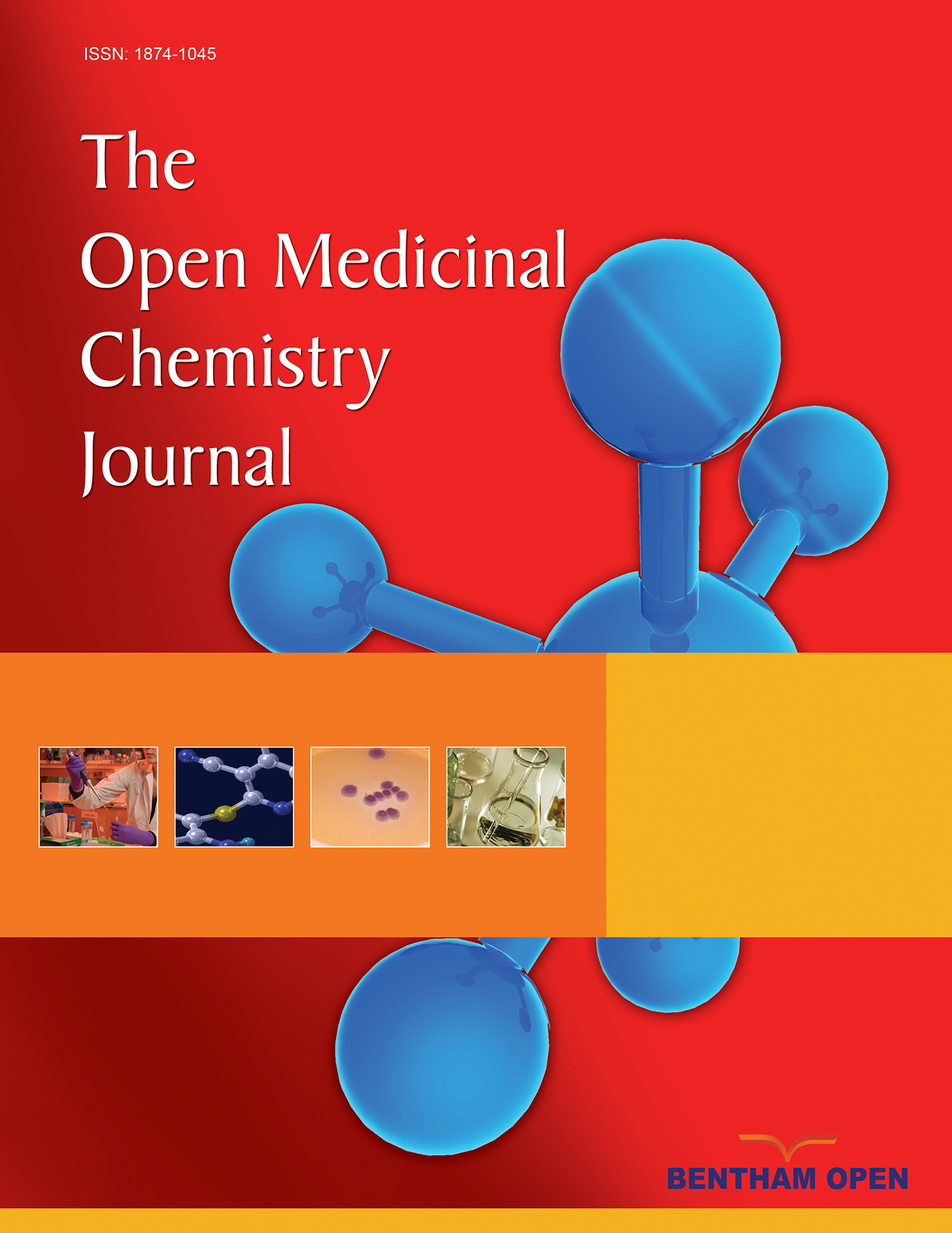All published articles of this journal are available on ScienceDirect.
Important Bioactive Molecules of Erythrocytes in Colorectal Cancer Patients After Colectomy
Abstract
Formaldehyde (HCHO) and protoporphyrin, are in connection with redox homeostasis. Data show the importance of HCHO in proliferative as well as in apoptotic processes. Free protoporphyrin can be detected near the Zn-protoporphyrin in cancer and it has pro- and antioxidant forms depending on concentrations. The aim was to determine the amount of HCHO and protoporphyrin concentrations of erythrocytes in colorectal cancer after colectomy and to estimate redox homeostasis. Total 32 adult patients after 5-10 years of colectomy and 9 healthy volunteers were drawn into this study. Tumor markers, redox parameters, HbA1c, HCHO and protoporphyrin concentrations were measured. Erytrocyte HCHO was significantly lower in colectomysed patients, than in controls. Protoporphyrin concentration was low in patients, but in metastasis its concentration was significant. HbA1c correlated significantly with free radicals and decreased the antioxidant status of erythrocytes. HCHO and protoporphyrin concentrations of erythrocytes and the total scavenger capacity are very important indexes in cancer


